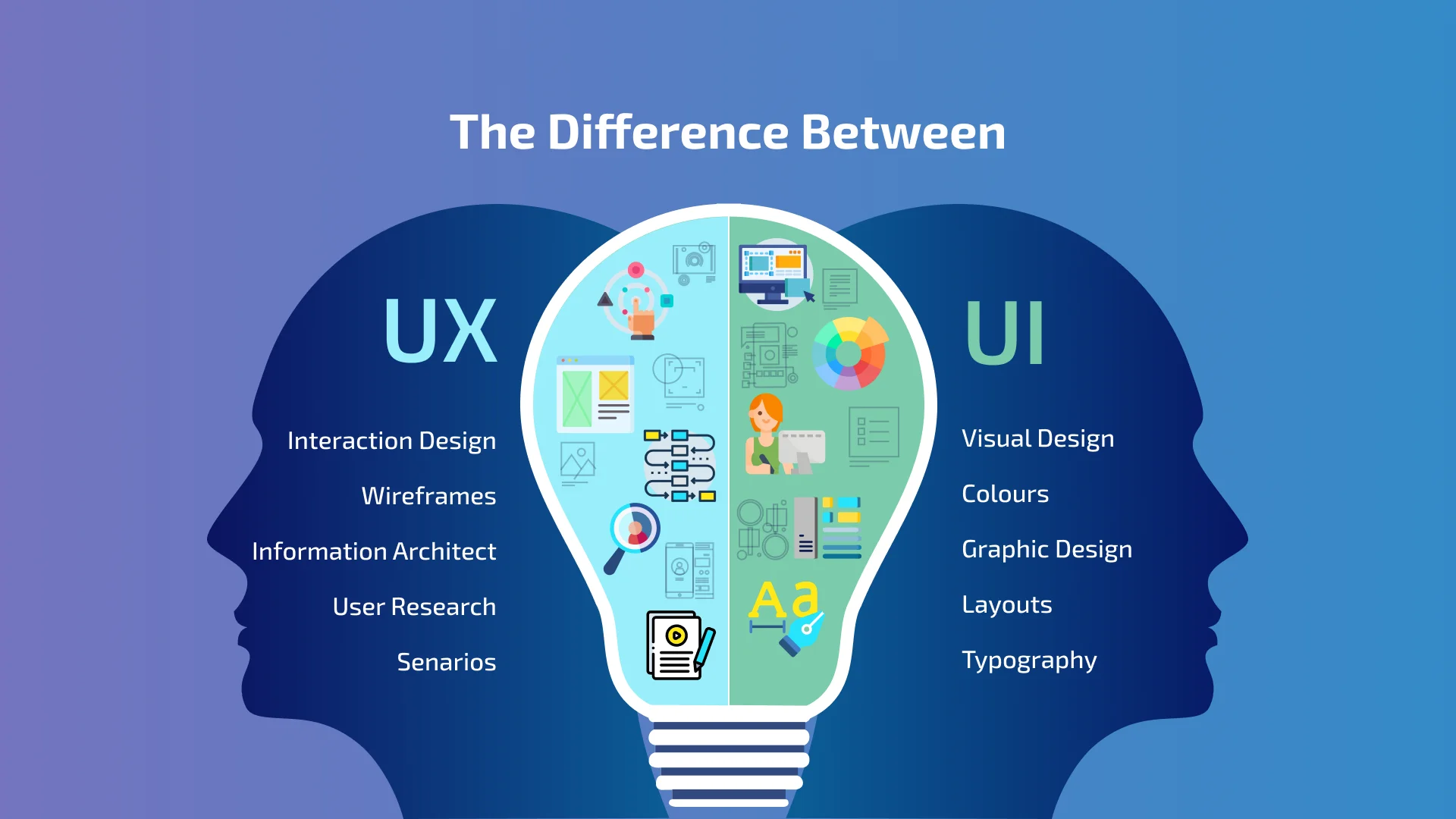Aladingsc Insights
Your go-to source for trending news and informative guides.
Designing Delight: How to Make Users Fall in Love with Your Interface
Unlock the secrets to captivating design! Learn how to create interfaces that users fall in love with and boost engagement instantly.
5 Essential Principles of User-Centered Design
User-Centered Design (UCD) is an essential approach that places the needs, preferences, and limitations of end-users at the forefront of the design process. By prioritizing user experience, designers can create products that not only function effectively but also resonate with users on a personal level. The first principle of UCD is to understand the users and their context. This involves conducting thorough research, such as surveys and interviews, to gain insights into user behaviors, motivations, and pain points. This foundational understanding allows designers to empathize with users and create tailored experiences that truly meet their needs.
The second principle emphasizes iterative design, which involves continuously testing and refining products based on user feedback. By employing methods like usability testing and A/B testing, designers can identify areas for improvement and make informed decisions that enhance user satisfaction. Thirdly, it's crucial to maintain consistency throughout the design. Consistent visual and interactive elements help users navigate more efficiently and reduce cognitive load. Finally, the principle of accessibility ensures that designs are inclusive and usable for people of all abilities, broadening the audience and enhancing the overall experience.

The Psychology of Color: How to Evoke Emotions in User Interfaces
The psychology of color plays a crucial role in the design of user interfaces, influencing how users perceive and interact with digital products. Colors evoke emotions and can significantly impact user behavior; for instance, warm colors like red and orange can create feelings of excitement and urgency, while cool colors such as blue and green often promote calmness and trust. Understanding these psychological associations allows designers to strategically select color palettes that align with the intended message and purpose of their site. Effective use of color can enhance user experience and drive engagement, making it a vital tool in UI design.
When designing user interfaces, it's essential to consider not just the aesthetics of color, but also its implications in different cultural contexts. For example, while white may symbolize purity and peace in Western cultures, it can represent mourning in some Eastern traditions. This complexity highlights the importance of conducting thorough research on your target audience. By leveraging cultural perceptions alongside psychological principles, designers can create interfaces that resonate deeply with users, evoking the desired emotional response and fostering a stronger connection between the user and the brand.
What Makes an Interface Intuitive? Key Features Every Designer Should Know
Creating an intuitive interface is crucial for enhancing user experience and ensuring your design resonates with users. An intuitive interface is often characterized by its simplicity and ease of navigation. Key features that contribute to this include consistency in design elements, where similar actions share a uniform look and feel, allowing users to predict outcomes more easily. Additionally, employing familiar icons and terminology can help in minimizing the learning curve, enabling users to naturally interact with the interface without confusion.
Another significant aspect of an intuitive interface is feedback. Users should receive immediate and clear responses to their actions, such as visual changes or confirmation messages, which reinforce their understanding of how the interface functions. Implementing affordances—signals that suggest how an element can be used—also enhances usability. For instance, buttons that look pressable and sliders that appear draggable help users understand how to interact with the interface without needing extensive instructions. By integrating these essential features, designers can create interfaces that feel instinctive and user-friendly, ultimately improving user satisfaction.